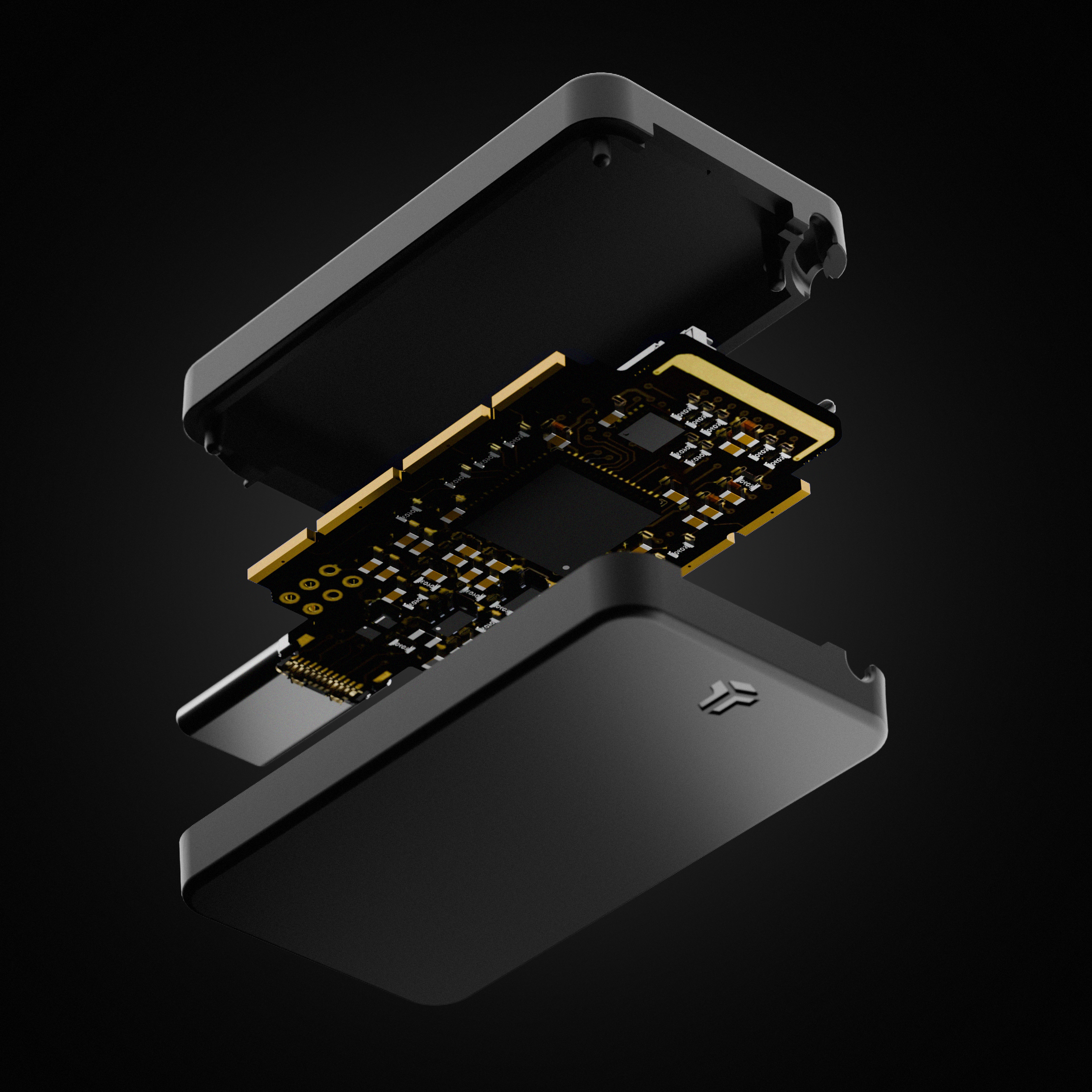Understanding the Basics of Bitcoin Solo Mining

Bitcoin solo mining is a fascinating aspect of the cryptocurrency world. It’s a process where individuals mine bitcoins independently, without joining a mining pool. This method of mining has its unique advantages and challenges. It requires a deep understanding of blockchain technology and a significant investment in hardware and electricity. In this article, we’ll delve into the basics of bitcoin solo mining. We’ll explore what it entails, how it works, and the equipment needed. We’ll also discuss the pros and cons of solo mining. This includes a comparison with pool mining and an examination of the role of luck in mining success. Whether you’re a seasoned miner or a curious enthusiast, this guide will provide valuable insights. So, let’s embark on this journey to understand the intricacies of bitcoin solo mining. What is Bitcoin Solo Mining? Bitcoin solo mining is the process of mining independently, without the support of a mining pool. In this method, the miner uses their own computing power to solve complex cryptographic puzzles. When a solo miner successfully mines a block, they receive the entire block reward. This reward includes both newly minted bitcoins and any fees from the transactions included in the block. This method contributes to the security of the Bitcoin network by keeping mining decentralized. It does not rely on third parties to distribute rewards, unlike pooled mining. Also read: Mining Cryptocurrency with Raspberry Pi: A Beginner’s Guide to Efficient Mining Solutions However, solo mining can be quite challenging due to the high level of competition. As more miners join the network, individual chances of successfully mining a block decrease. The Solo Mining Process The solo mining process involves several steps, each crucial for potential success. First, a miner must validate transactions using their hardware to solve a cryptographic puzzle. This puzzle is intricate and requires substantial computational power to solve. Miners work independently, competing with others to mine the next block. The miner who solves the puzzle first adds the block to the blockchain. This effort also secures the Bitcoin network. Once a block is mined, it contains a group of transactions from the Bitcoin network. The reward for this success includes all the transaction fees from within the block and newly generated bitcoins. Here’s a basic list of the solo mining process steps: Setting up mining hardware and software. Connecting to the Bitcoin network. Solving complex cryptographic puzzles. Validating transactions. Adding mined blocks to the blockchain. Success in solo mining largely depends on computational power and luck. High competition means the process can be unpredictable, and success may take significant time. Required Equipment for Solo Mining Solo mining requires specialized equipment to be efficient. The most effective hardware for this task includes ASICs or Application-Specific Integrated Circuits. These are specifically designed for high-speed cryptocurrency mining. For those using graphics processing units or GPUs, success rates are typically lower than with ASICs. Although GPUs are more accessible and affordable, their output cannot match that of ASICs for Bitcoin. Additionally, running a full node is necessary for solo mining. This means maintaining up-to-date software that continuously communicates with the Bitcoin network. Proper cooling systems are also vital to prevent overheating and ensure consistent performance. Energy consumption is another key consideration. Mining equipment consumes significant power, impacting operational costs. Investing in efficient power supplies can minimize these costs. Also read: Understanding Monero Mining: A Beginner’s Guide Setting Up for Solo Mining Setting up for solo mining requires a combination of hardware and software preparation. First, secure mining hardware, such as ASICs, which are essential for effective bitcoin solo mining. Next, acquire and install mining software compatible with your hardware and operating system. You’ll need to download the Bitcoin Core client to run a full node. Keeping this client updated is critical for network interaction. Configure network settings to ensure your rig operates smoothly and connects to the Internet reliably. A list to guide your setup might look like this: Choose and install mining hardware. Download Bitcoin Core for your full node. Set up compatible mining software. Configure system and network settings. Ensure proper cooling and power supply. Finally, establish a stable internet connection, necessary for continuous mining operations. Downtime can lead to missed opportunities in the competitive mining environment. Thus, it’s crucial to create a setup that maximizes uptime and efficiency. Pros and Cons of Bitcoin Solo Mining Bitcoin solo mining has its set of advantages and challenges. One major benefit is the potential for full block rewards, which can be very rewarding. However, these potential benefits come with significant risks and uncertainties. Advantages of Solo Mining The independence gained from solo mining is appealing to many. Solo miners operate without relying on pools, allowing for total control over their operations. Here are some specific advantages: Full ownership of block rewards. Greater privacy and security. Increased contribution to network decentralization. Beyond financial rewards, solo mining offers a deeper understanding of the Bitcoin protocol. It can be a valuable educational experience for tech enthusiasts. Challenges of Solo Mining Despite its advantages, solo mining presents several challenges. The primary difficulty is the unpredictability of block rewards. Here are some challenges faced by solo miners: Low success probability. High hardware and electricity costs. Requirement for technical expertise. Additionally, the all-or-nothing nature means long periods without rewards. This financial uncertainty makes solo mining less accessible to those with limited resources. Also read: Beginner’s Guide to Mining Dogecoin Efficiently Solo Mining vs. Pool Mining Solo mining and pool mining each have their unique strengths and drawbacks. Solo mining grants independence, allowing miners to claim full block rewards. However, this autonomy comes at the cost of significantly lower chances of success. In contrast, pool mining involves collaborating with other miners. By joining forces, pool miners increase their chances of earning rewards. Yet, these rewards are shared among all pool members, resulting in smaller payouts. Pool mining offers a steadier income stream. This consistent income can be attractive to miners seeking predictable earnings. It also reduces the risk associated with mining alone. Choosing between solo and pool mining hinges on personal goals. Solo miners may prioritize autonomy and potential high rewards. In contrast, pool miners might prefer stability and reduced risk. Each approach carries its own set of risks and rewards, requiring careful consideration. Solo Mining Bitcoin GPU and ASICs Solo mining Bitcoin can be attempted using different types of hardware. Traditionally, Graphics Processing Units (GPUs) were popular due to their accessibility. However, advancements in technology have made Application-Specific Integrated Circuits (ASICs) the preferred choice for many. GPUs offer flexibility and are easier for amateurs to obtain. They can mine various cryptocurrencies besides Bitcoin, appealing to those experimenting in mining. Nonetheless, they lack the efficiency and power needed for competitive solo mining. ASICs, on the other hand, provide immense computational power. Designed specifically for mining, they solve Bitcoin’s complex algorithms faster. This efficiency makes them indispensable for serious solo miners seeking a viable operation. Despite their advantages, ASICs come with a high price tag. They require significant investment and have high energy consumption. For those considering solo mining, choosing between GPUs and ASICs involves weighing cost, efficiency, and long-term mining goals. Also read: Staking vs Mining: Which is Better? Calculating Profitability with a Bitcoin Solo Mining Calculator Understanding the potential returns of solo mining is crucial. A Bitcoin solo mining calculator helps estimate profitability by considering different factors. These factors include hardware costs, electricity rates, and current mining difficulty. By inputting specific data into the calculator, miners can gain insights into potential earnings. This aids in assessing whether solo mining is a viable pursuit. Such tools are invaluable for planning, especially in a volatile market. These calculators also offer projections based on changing conditions. Fluctuations in Bitcoin’s price and the network’s difficulty can impact results. Therefore, using a calculator helps miners make informed decisions and set realistic expectations. The Role of Luck in Solo Mining Luck plays a significant role in solo mining success. Despite the hardware and effort involved, luck affects when you solve a block. This unpredictability adds an element of chance that miners must consider. Some liken solo mining to a lottery system. The odds of hitting a winning block are low, but the reward can be substantial. This element of randomness is what makes solo mining appealing yet challenging. Security and Maintenance for Solo Miners Maintaining security in solo mining is crucial. Miners must protect their hardware from physical and online threats. Ensuring that their Bitcoin wallets are secure is just as important. Regular maintenance of mining equipment is essential to prevent downtime. Solo miners should check their systems frequently and perform necessary updates. Staying vigilant keeps operations running smoothly. Also read: The Future of GPU Mining: Is It Over? Conclusion: Is Solo Mining Right for You? Deciding to solo mine Bitcoin depends on your resources and goals. It’s a challenging but potentially rewarding endeavor. Consider the risks alongside the benefits. Thorough research and realistic expectations will guide your decision.


